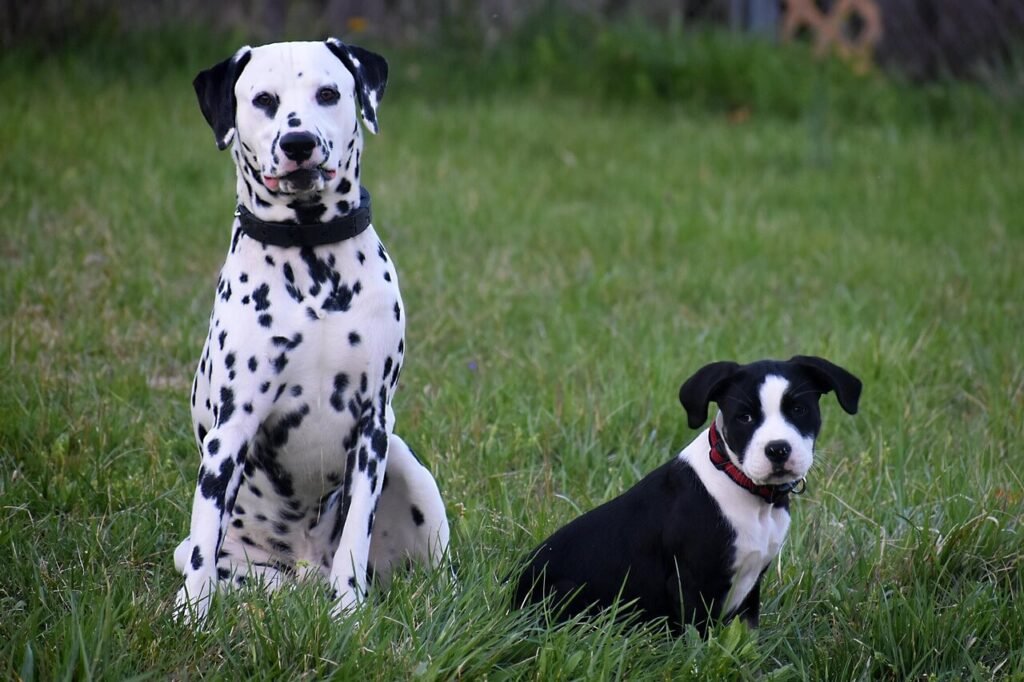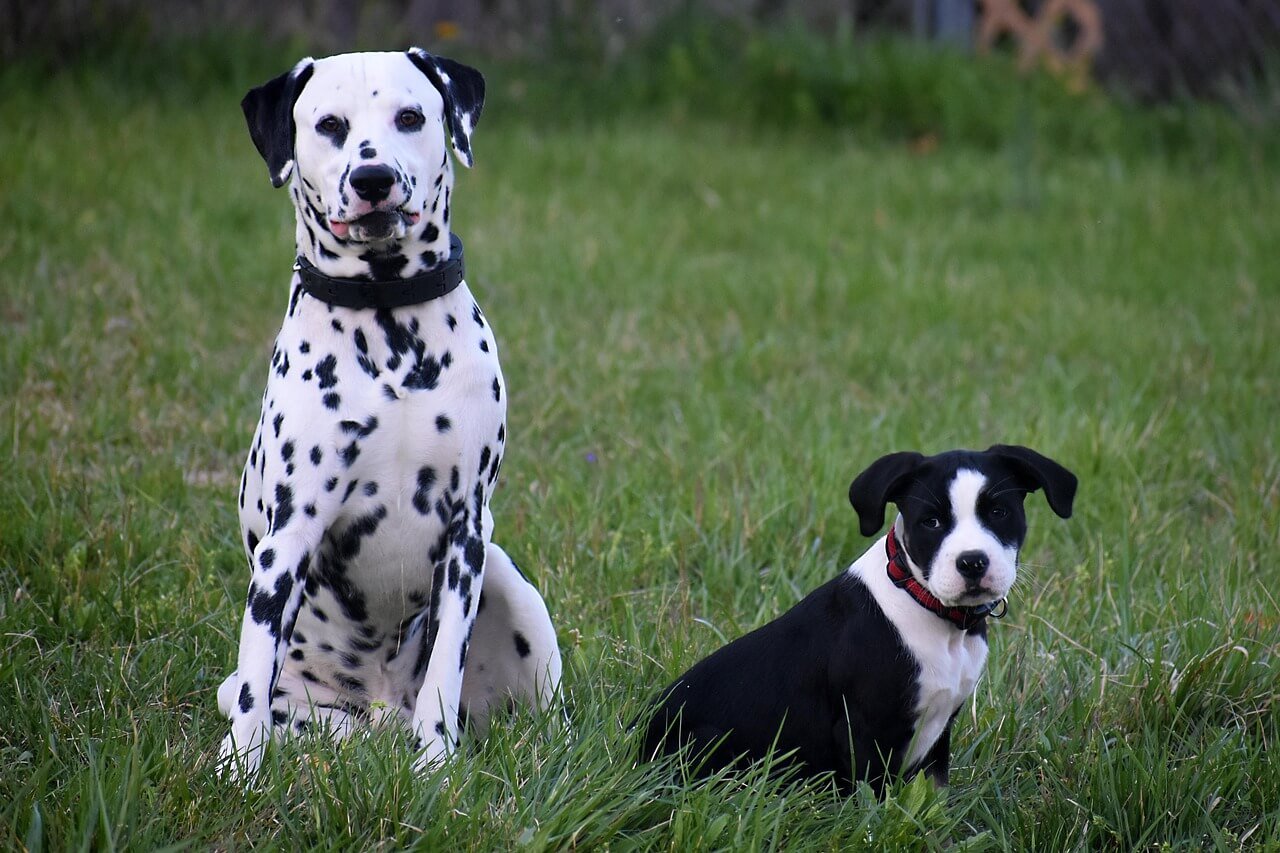Do Dogs Purr? Unraveling the Mystery Behind This Unique Behavior
When we think of purring, cats immediately come to mind. Their soothing vibrations are a hallmark of feline contentment. But what about dogs? Do dogs purr too? While it’s not as common as in cats, some dogs do exhibit behaviors that resemble purring. These gentle, rhythmic sounds can leave dog owners wondering if their furry companions are expressing happiness, comfort, or something else entirely. In this blog post, we’ll explore the phenomenon of dog purring, why it happens, and what it might mean for your pup. Whether you’re a curious pet owner or simply fascinated by animal behavior, this guide will shed light on this intriguing topic.
What Does Dog Purring Sound Like?
Dog purring is often described as a low, rumbling vibration that emanates from their chest or throat. However, it’s not exactly the same as a cat’s purr. Understanding the nuances of this sound can help you identify when your dog might be “purring.” Here are some characteristics to look out for:
A soft, rhythmic humming noise during moments of relaxation
Vibrations felt when petting your dog’s neck or back
Sounds resembling a mix between a growl and a sigh
Occasional throaty noises while sleeping or lounging
Subtle buzzing that may accompany wagging tails
While not all dogs exhibit this behavior, those that do often make these sounds in moments of deep contentment. Recognizing these signs can deepen your connection with your pup and help you understand their emotional state.
Why Do Some Dogs Purr?
The reasons behind dog purring can vary, but most often, it’s linked to feelings of comfort or relaxation. Unlike cats, who purr for a range of reasons—including pain relief—dogs tend to express joy and security through these sounds. Below are some common explanations for why your dog might purr:
Feeling safe and loved in their environment
Seeking attention or affection from their owner
Responding to physical touch like petting or scratching
Expressing satisfaction after eating or playing
Calming themselves during stressful situations
Understanding these motivations can help you interpret your dog’s behavior more accurately. Whether they’re purring out of happiness or self-soothing, it’s a sign that your bond with them is strong.
Check this guide 👉Why Dogs Kick Their Back Legs: Best 7 Expert Tips!
Check this guide 👉Why Are My Dogs Paws So Rough? Best 7 Expert Tips!
Check this guide 👉Why Do Dogs Hide? Best 7 Expert Tips!

Signs Your Dog Might Be Purring | Possible Reasons for the Behavior |
|---|---|
Soft humming sounds while resting | Contentment and relaxation |
Vibrations felt under your hand | Enjoyment of physical touch |
Gentle buzzing during nap time | Comfort in their surroundings |
Throaty noises while being petted | Seeking attention or affection |
Rhythmic sounds after mealtime | Satisfaction from eating |
How Is Dog Purring Different From Cat Purring?
While both dogs and cats can produce similar-sounding vibrations, there are distinct differences between the two. Understanding these distinctions can clarify why dogs purr and how it compares to their feline counterparts. Here’s a breakdown of the differences:
Dogs typically produce lower-pitched, less consistent sounds
Cats purr continuously, while dogs’ purring is often intermittent
Cats use purring as a form of communication and healing
Dogs purr primarily as an expression of contentment or relaxation
The mechanics of purring differ due to anatomical variations
Recognizing these differences helps dispel misconceptions about dog purring and allows you to appreciate its uniqueness. Each species has its own way of expressing emotions, and understanding this enriches your relationship with your pet.
Tips for Encouraging Your Dog to Purr
If you’ve noticed your dog occasionally purring and want to encourage this adorable behavior, there are simple ways to create an environment where they feel comfortable enough to express themselves. Here are some tips to foster those cozy moments:
Spend quality time petting or massaging your dog
Create a calm and stress-free space for relaxation
Offer treats or toys that bring them joy
Speak in a soothing tone to reassure them
Establish a routine that includes bonding activities
By nurturing a peaceful atmosphere, you increase the likelihood of hearing those sweet, purr-like sounds. These moments not only strengthen your bond but also provide insight into your dog’s emotional well-being.
Breeds More Likely to Purr
While purring isn’t exclusive to any specific breed, some dogs seem more inclined to exhibit this behavior than others. Certain breeds are naturally more vocal or expressive, making them more likely to produce purr-like sounds. Here are a few breeds that might surprise you with their “purring” tendencies:
Rottweilers : Known for their deep, rumbling noises when relaxed
Bulldogs : Often emit soft grumbles while lounging or being petted
Labrador Retrievers : May hum or vibrate during moments of contentment
Greyhounds : Sometimes produce gentle buzzing sounds while resting
Golden Retrievers : Prone to making soothing noises when they feel secure
If your dog belongs to one of these breeds—or even if they don’t—keep an ear out for these unique sounds. It’s just another way your pup expresses their personality and connection to you.
Signs Your Dog Is Happy (Beyond Purring)
While purring is a delightful indicator of happiness, there are many other ways dogs show they’re feeling good. Recognizing these signs can help you ensure your pup is thriving emotionally and physically. Here are some common behaviors that signal a happy dog:
Wagging their tail in wide, sweeping motions
Offering a “play bow” by lowering their front legs
Making eye contact and holding a soft gaze
Bringing you toys or initiating playtime
Leaning into you for cuddles or affection
Understanding these non-verbal cues allows you to gauge your dog’s mood beyond the occasional purr. A happy dog is a healthy dog, and being attuned to their signals strengthens your bond.
How to Respond When Your Dog Purrs
When your dog purrs, it’s natural to want to respond in a way that reinforces their positive emotions. Knowing how to react appropriately ensures your dog feels loved and understood. Here are some thoughtful ways to engage with your purring pup:
Gently stroke their fur to enhance their relaxation
Speak softly to acknowledge their contentment
Offer a favorite toy or treat as a reward
Sit quietly nearby to share the peaceful moment
Avoid sudden movements or loud noises that might disrupt them
By responding thoughtfully, you validate your dog’s feelings and create a safe space for them to express themselves. These small gestures go a long way in building trust and deepening your connection.
FAQ
Do all dogs purr?
No, not all dogs purr. It’s more common in certain breeds or individual dogs with a predisposition for making these sounds.
Why does my dog purr when I scratch their ears?
This could indicate extreme enjoyment or relaxation, much like a cat’s response to being petted.
Can dogs purr when they’re stressed?
Yes, some dogs may purr as a self-soothing mechanism during anxious moments.
Is dog purring the same as growling?
No, purring is softer and more rhythmic, while growling is typically louder and indicates aggression or warning.
Should I be concerned if my dog suddenly starts purring?
Not necessarily. If your dog seems otherwise healthy and happy, it’s likely just a new way they’re expressing comfort. However, consult a vet if you notice other unusual symptoms.
Conclusion: Celebrating the Unique Ways Dogs Communicate
Dogs have countless ways of showing us love, trust, and happiness, and purring is one of the most endearing forms of communication. While not every dog exhibits this behavior, those that do remind us of the depth of their emotional lives. By paying attention to these subtle cues, we can better understand our pets and strengthen the bond we share with them. Whether it’s through a wagging tail, a joyful bark, or a gentle purr, our dogs constantly find ways to tell us how much they care. So next time you hear that soft hum, take a moment to savor the connection—it’s a reminder of the incredible bond between humans and their four-legged friends.
Canned Pumpkin for Cat Diarrhea: Best 7 Expert Tips! Natural remedy to firm stools, soothe upset bellies, and support gut health safely.
Can a Cat Give You Scabies? Best 7 Expert Tips! Discover the truth about feline mites, human skin risks, and how to protect yourself—without panic.
Cat Flea vs Human Flea: Best 7 Expert Tips! Discover the truth about bites, species, and how to eliminate infestations for good.
Weird Cat Behaviors: Best 7 Expert Tips! Discover why cats do strange things—and how to understand, not punish, their instincts for a happier home.





